
Have you ever wondered what goes on inside an electric motor? We've taken apart a simple electric motor that you would typically find in a toy to explain how all the parts work. See the next page to get started.
Advertisement
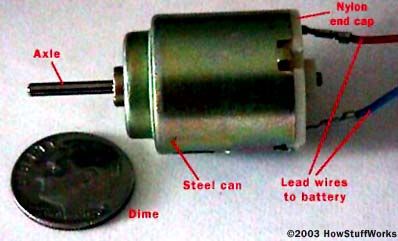
From the outside, you can see the steel can that forms the body of the motor, an axle, a nylon end cap and two battery leads.
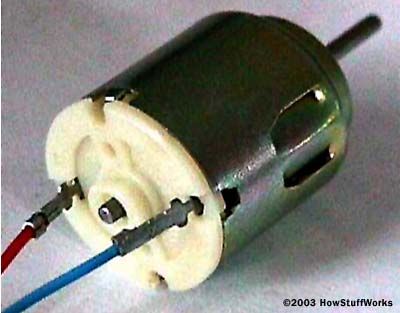
The nylon end cap is held in place by two tabs that are part of the steel can. By bending the tabs back, you can free the end cap and remove it.

Inside the end cap are the motor's brushes. These brushes transfer power from the battery to the commutator as the motor spins.
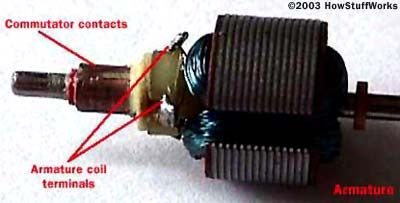
The axle holds the armature and the commutator. The armature is a set of electromagnets, in this case three. The armature in this motor is a set of thin metal plates stacked together, with thin copper wire coiled around each of the three poles of the armature.
Advertisement
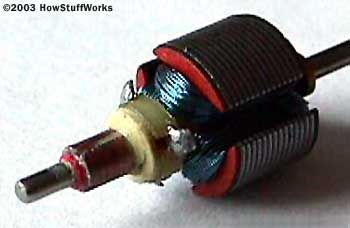
The two ends of each wire (one wire for each pole) are soldered onto a terminal, and then each of the three terminals is wired to one plate of the commutator.
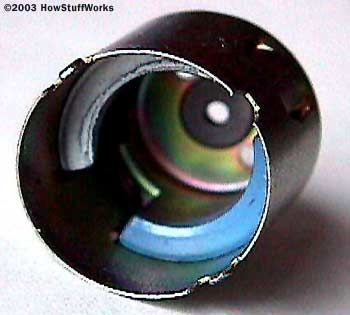
The final piece of any DC electric motor is the field magnet. The field magnet in this motor is formed by the can itself plus two curved permanent magnets.
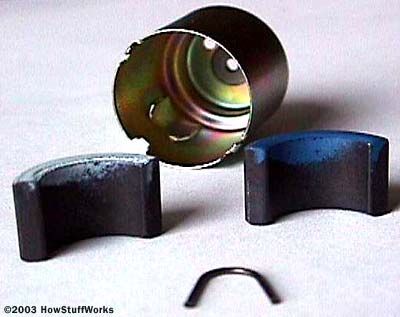
One end of each magnet rests against a slot cut into the can, and then the retaining clip presses against the other ends of both magnets. To learn more, see How Electric Motors Work or test your knowledge with the Electric Motor Quiz.